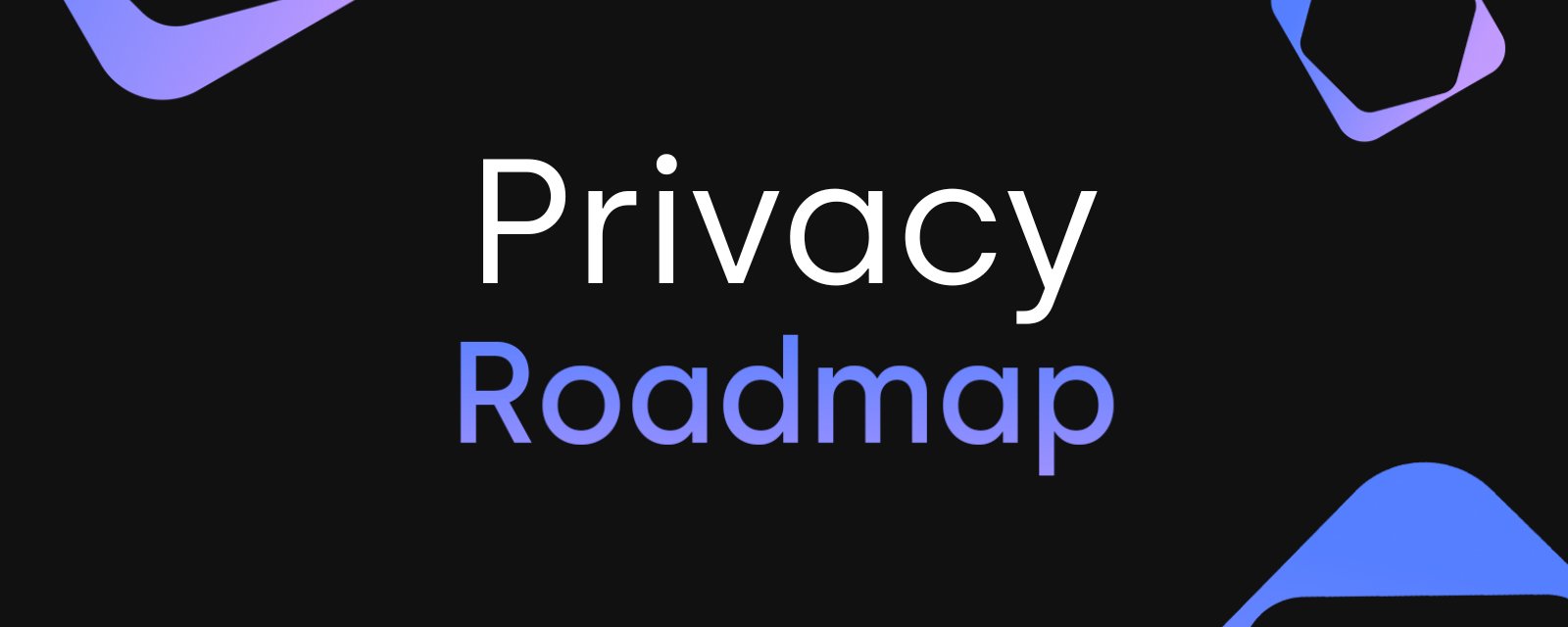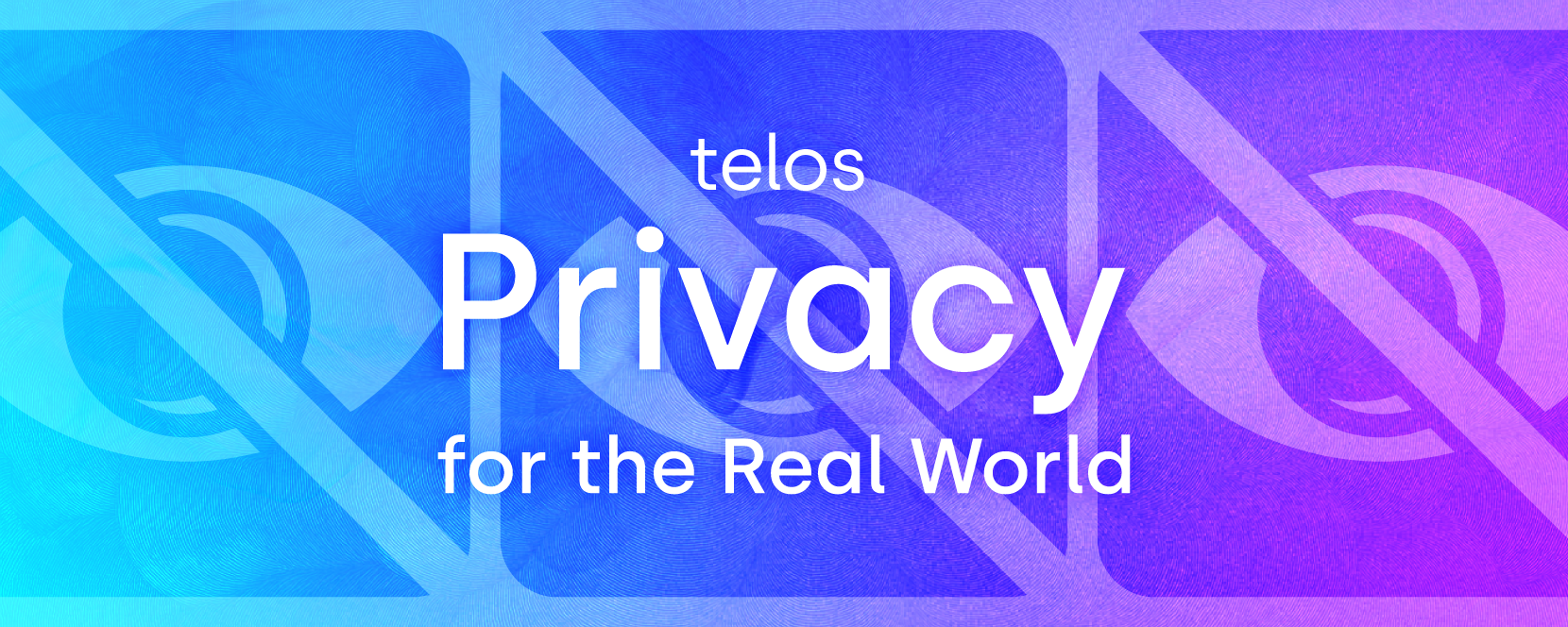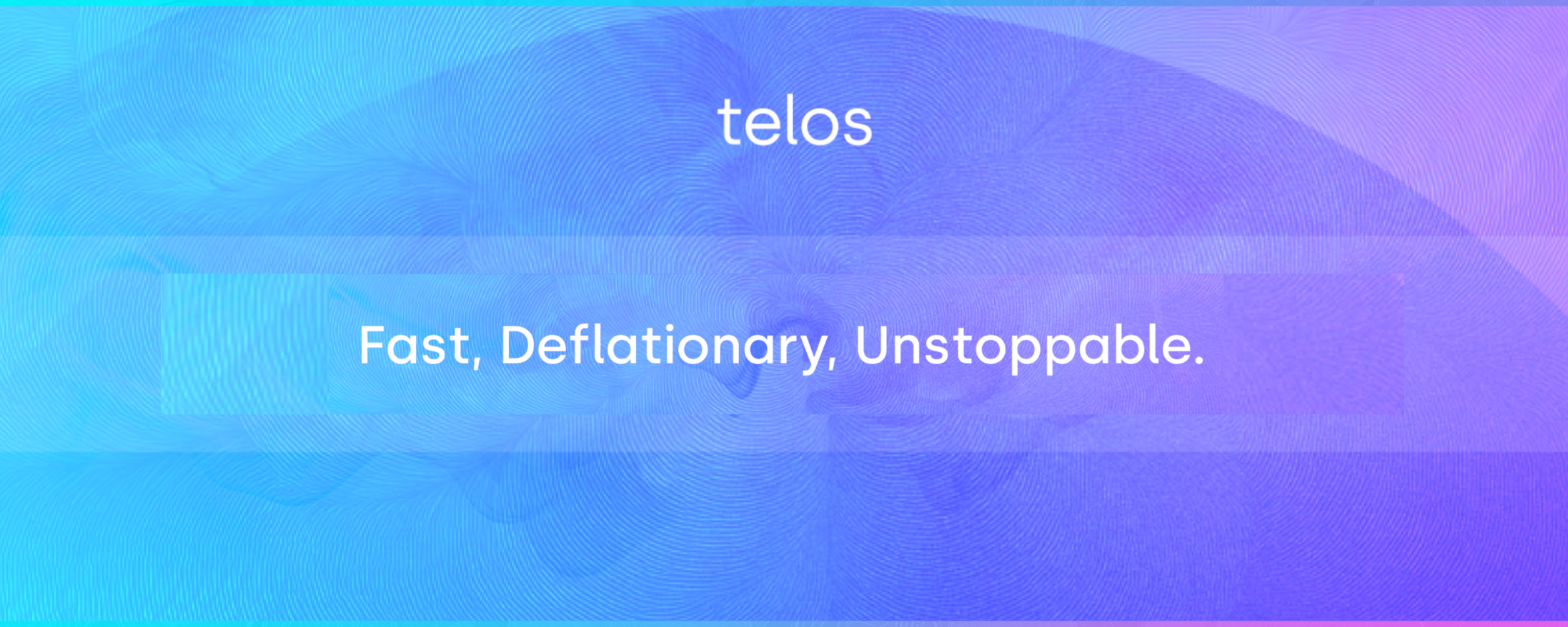SNARKtor Roadmap: Building the Future of Scalable Proof Aggregation

Since releasing the SNARKtor whitepaper in February 2024, the Telos team has been focused on turning it into a cutting-edge protocol that scales zk-SNARKs (Zero-Knowledge Succinct Non-Interactive Arguments of Knowledge) across blockchain ecosystems. SNARKtor introduces a new standard in proof aggregation, unlocking greater scalability, cost-efficiency, and privacy. By consolidating multiple proofs into a single entity, it transforms how decentralized applications (dApps) are built, optimized, and managed.
This roadmap outlines the key milestones in SNARKtor’s development, with each phase marking a critical step forward. Given the exploratory nature of this project, the roadmap offers a flexible framework rather than a rigid plan, evolving as we gain insights and address new challenges along the way.
.png)
Milestone 1: Foundational Release
Due Date: November 2024
The primary goal of the first milestone is to evolve the existing proof-of-concept (PoC) into a functional version that demonstrates SNARKtor's potential, with the possibility of testing integrations with key partners.
A key focus of this phase is implementing basic user fee management to enable testing in real-world scenarios, such as aggregating proofs from rollups. Additionally, multi-machine aggregation will be introduced to support higher throughput, ensuring the system can scale efficiently.
From a proving system perspective, we will finalize the support of the Babybear field on Plonky2 Goldibear, to avoid relying on expensive proof wraps and leverage the more optimized implementations of Plonky3.
Milestone 2: Protocol Expansion and Integration
Due Date: February 2025
Milestone 2 focuses on expanding SNARKtor’s core protocol in two key areas: schedule management and state tracking, and integration with external ZK proof systems.
The first objective is to extend the protocol’s core functionality, with particular emphasis on managing schedules and tracking the dynamic state of each actor.
The second focus is on integrating SNARKtor with Polygon Hermez ZK EVM, enabling Polygon’s zkEVM proofs to be aggregated through SNARKtor. This integration is the first key step to open up the possibility of reducing verification costs through efficient proof aggregation.
In parallel, a separate workstream will focus on defining the algorithm details allowing Schedulers to generate optimal schedules by balancing cost and reliability, favoring high-performing Provers while penalizing those that fail to meet service expectations.
Milestone 3: Prover Registration and Proving Market Development
Due date: May 2025
The third milestone builds on the progress of the previous phase, further extending SNARKtor’s core features with a specific focus on the role of the Prover.
The first step is to implement on-chain Prover registration, establishing a shared registry that lists all actors ready to receive aggregation requests. This registry unlocks additional functionality, such as reputation tracking, which will reward Provers who meet service expectations and penalize those who do not—critical for Prover selection during schedule generation.
Another key focus will be improving user fee management by shifting from a fixed-fee model to dynamic fee estimation, which will factor in variables like proving costs for each Prover.
With these features in place, SNARKtor will establish a proving market, unlocking greater scalability for the aggregation process.
Additionally, this phase includes the analysis and design of the Scheduler and Submitter selection algorithms for the specific destination chain in order to guide the next milestones.
Finally, the Telos zkEVM will be updated to natively verify SNARKtor proofs, enabling ZK rollups and L3 dApps to leverage the same aggregation mechanism to support user data-protecting applications.
Milestone 4: Decentralized Scheduling and Reward Mechanisms
Due date: August 2025
The fourth milestone focuses on preparing for the decentralization of SNARKtor’s scheduling process, with an emphasis on the role of Schedulers.
A key development in this phase is the implementation of the Scheduler selection algorithm, which defines a set of eligible nodes to act as Schedulers for a given period. Another critical component of this milestone is tracking Scheduler rewards, which, like Prover rewards, will be collected and distributed by the Submitter when aggregated proofs are submitted on-chain.
As part of this phase, the team will also begin developing the ZK circuits to make specific elements of the protocol provable, laying the foundation for the next milestones focused on full decentralization.
Milestone 5: Submitter Decentralization and P2P Network Implementation
Due Date: November 2025
This milestone marks the second and final step toward the full decentralization of SNARKtor, focusing on the role of the Submitter.
Following a similar approach to the Scheduler decentralization in the previous milestone, this phase will involve implementing the Submitter selection algorithm, including on-chain registration for Submitters. Proper tracking of Submitter rewards will also be established to ensure accurate distribution within a decentralized framework.
At this point, all communication between SNARKtor actors—Submitters, Schedulers, and others— will require building a peer-to-peer (P2P) network. This network will allow all actors to communicate in real-time, functioning similarly to a blockchain or a decentralized mempool.
Another critical component is the second iteration of ZK circuits development, unlocking full provability of the SNARKtor protocol. This is essential to ensure the integrity of the state, particularly regarding rewards distribution, preventing any actor from claiming rewards intended for others.
Milestone 6: Protocol Optimization and Off-Chain Account Management
Due Date: February 2026
With SNARKtor now fully developed, decentralized, and proven, this milestone focuses on optimizing the protocol to enhance efficiency.
A key area for optimization is the management of user accounts (balances). Currently, SNARKtor user accounts are maintained on-chain through the SNARKtor smart contract. In order to make the protocol even more efficient, this milestone will introduce fully proven off-chain account management. Instead of storing individual balances on-chain, only a commitment of the accounts state will be recorded on-chain, while the individual balances will be managed off-chain by SNARKtor.
Conclusion
By Q1 2026, SNARKtor will evolve into a fully decentralized, optimized, and scalable proof aggregation protocol, capable of unlocking the full potential of zk-SNARKs across blockchain ecosystems. With every milestone, SNARKtor moves closer to becoming a core infrastructure for user data-protecting and cost-efficient decentralized applications. From establishing a proving market to implementing off-chain account management, SNARKtor offers developers the tools to build the next generation of ZK-powered dApps. The Telos team remains committed to refining the protocol, addressing challenges, and ensuring the highest levels of performance, efficiency, and decentralization along the way.
The content provided in this article is for informational purposes only and should not be construed as financial or investment advice. Always conduct your own research and consult with a professional before making any financial decisions. Cryptocurrency investments along with other asset classes can be volatile and can result in potential losses. Always use caution, practice due diligence, and never invest capital you cannot afford to lose. Remember to always maintain the security of your accounts, use strong passwords, enable two-factor authentication, and be wary of phishing attempts. Stay safe and invest responsibly.
Telos is a decentralized blockchain ecosystem that includes Telos EVM, which is tested as the fastest Ethereum Virtual Machine globally, and its high-speed consensus layer, Telos Zero. With its continued focus on helping push forward the global adoption of Zero Knowledge technology, Telos is also currently developing a hardware-accelerated Ethereum Layer 2 network powered by SNARKtor, with the goal of enhancing privacy and scalability for global use cases at scale. Telos is overseen by The Telos Foundation, an ownerless foundation dedicated to advancing the Telos blockchain network and its community.


